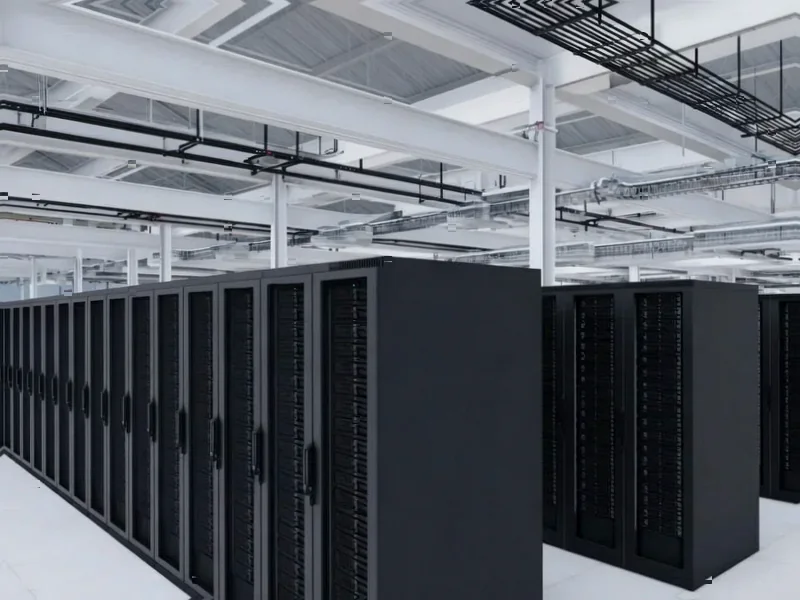According to Network World, Cisco is completely restructuring its customer experience strategy around artificial intelligence with a new platform called Cisco IQ. The company’s CX organization, which helps customers optimize everything from network infrastructure to security and cloud operations, is shifting from what they call a “tool-centric” to “intelligence-centric” model. Senior VP Bhaskar Jayakrishnan explained that service delivery has been too fragmented historically, with different tools for support versus professional services causing inefficiencies at every handoff. The new system aims to turn Cisco’s decades of institutional knowledge into what they describe as a “living, adaptive system” that serves customers, partners, and internal teams through an API-first architecture. Basically, they’re trying to stop customers and their own teams from wasting time on manual data collection and tool maintenance instead of high-value analysis.
The big shift behind Cisco IQ
Here’s the thing about enterprise tech support – it’s been a mess for years. You’ve got one set of tools for implementation, another for maintenance, and yet another for optimization. Jayakrishnan nailed it when he described how designs get interpreted by humans and converted into code manually, while operational data requires manual analysis. That process isn’t just slow – it’s error-prone and loses critical context at every step. Cisco IQ represents their attempt to finally fix what’s been broken in enterprise service delivery. They’re essentially saying “enough with the patchwork of tools” and building something that actually learns and adapts over time.
Why this actually matters
Look, every tech company is talking about AI these days. But Cisco’s approach here feels different because they’re not just bolting AI onto existing products – they’re rebuilding their entire customer experience engine around it. When you’ve got as much institutional knowledge as Cisco has accumulated over decades, the real challenge is making that knowledge actually useful to customers. The fact that they’re building this as an API-first, multi-persona system suggests they understand that different stakeholders need different things from the same intelligence. Customers want their infrastructure to just work, partners want to deliver better services, and Cisco’s own teams want to stop fighting with disconnected tools.
Where this could lead
So what happens if this actually works? We could be looking at a future where enterprise infrastructure becomes genuinely self-optimizing. Think about it – networks that anticipate security threats before they happen, collaboration tools that automatically fix common issues, cloud deployments that adjust themselves based on real usage patterns. The bigger implication here is that we might finally move beyond the era where enterprises buy amazing technology but only use a fraction of its capabilities because the support experience is too fragmented. If Cisco can deliver on turning their institutional knowledge into that “living, adaptive system” they promise, it could change how every major tech company approaches customer success. The race isn’t just about who has the best products anymore – it’s about who can actually help customers get the most value from them.




